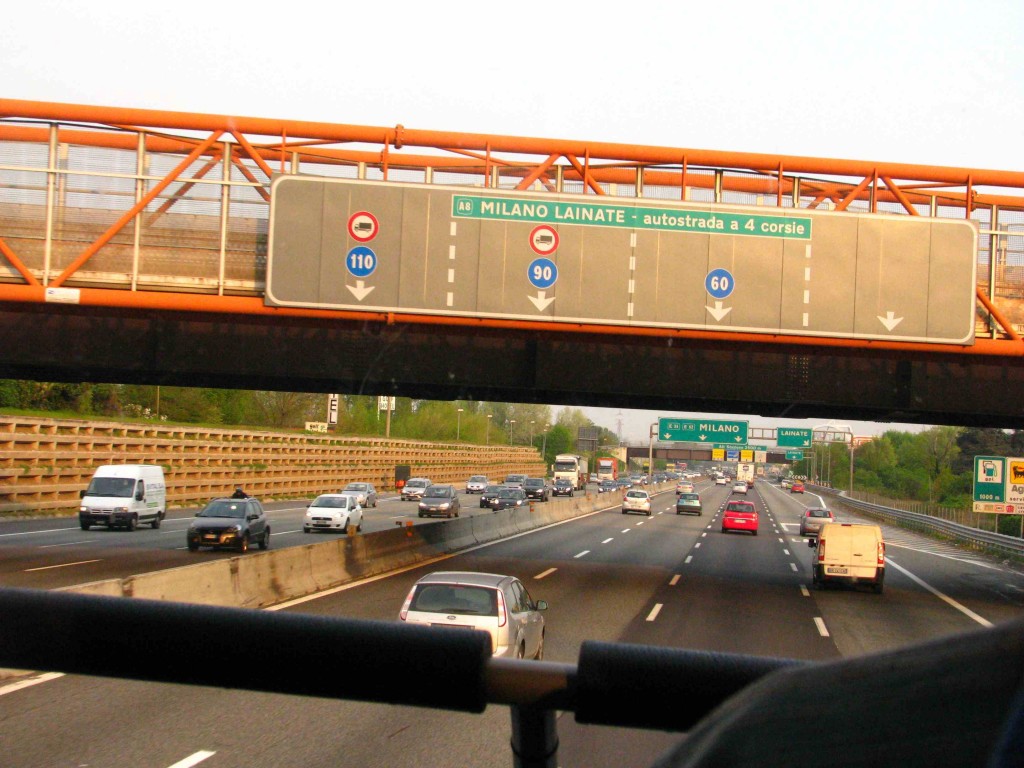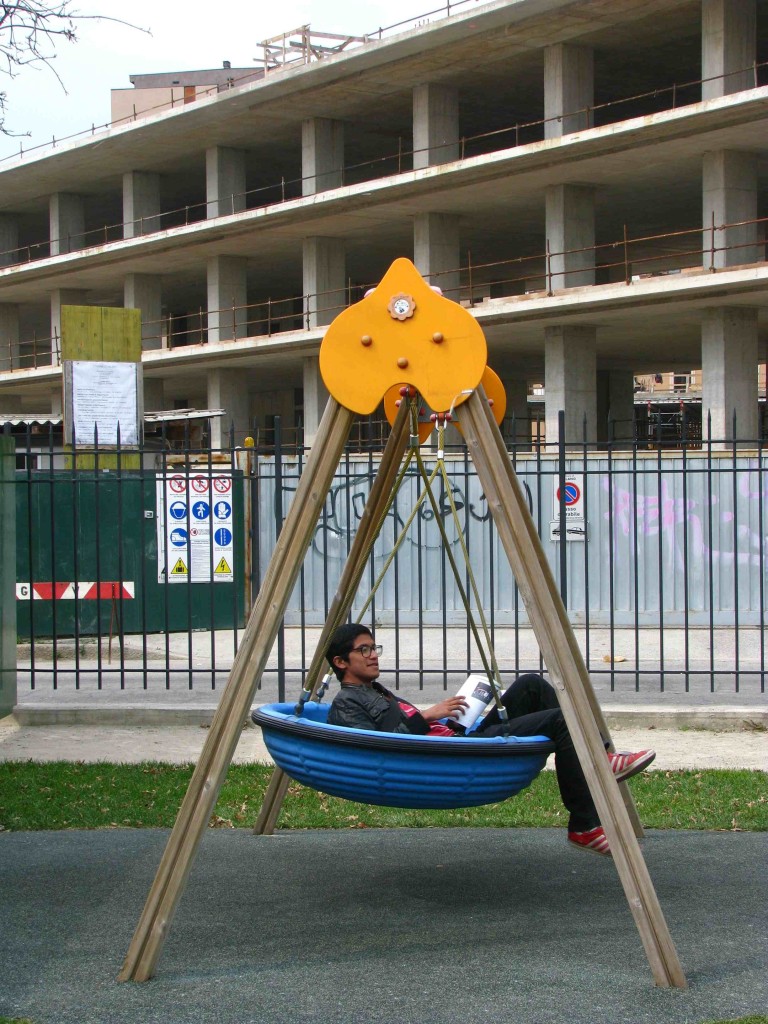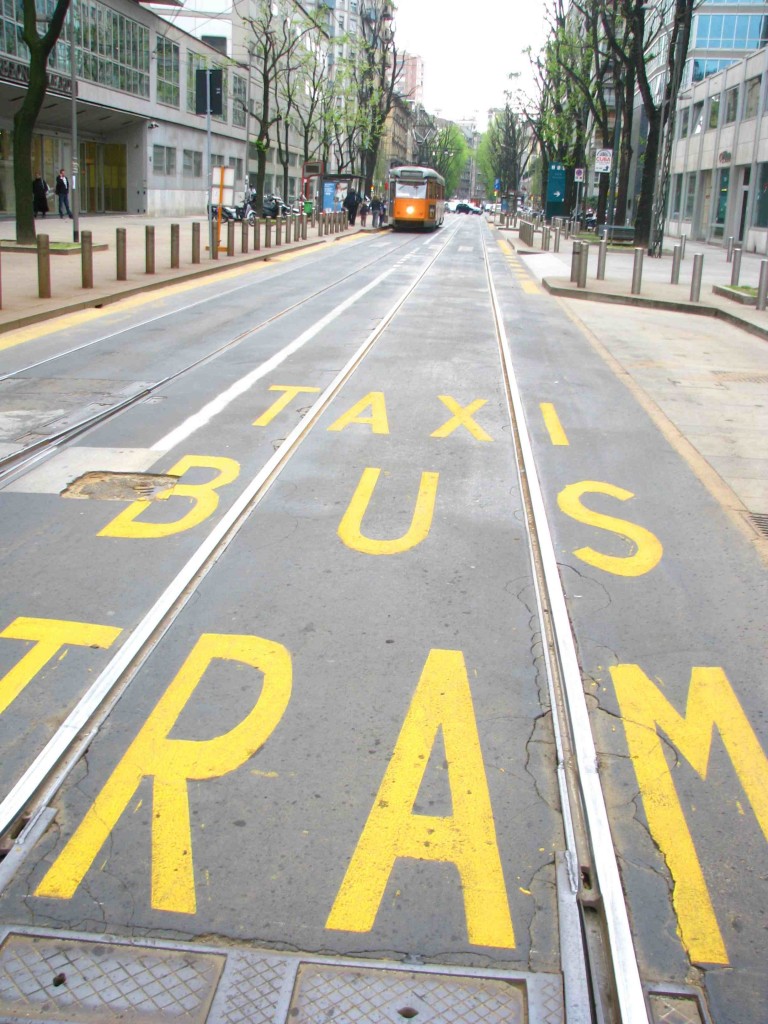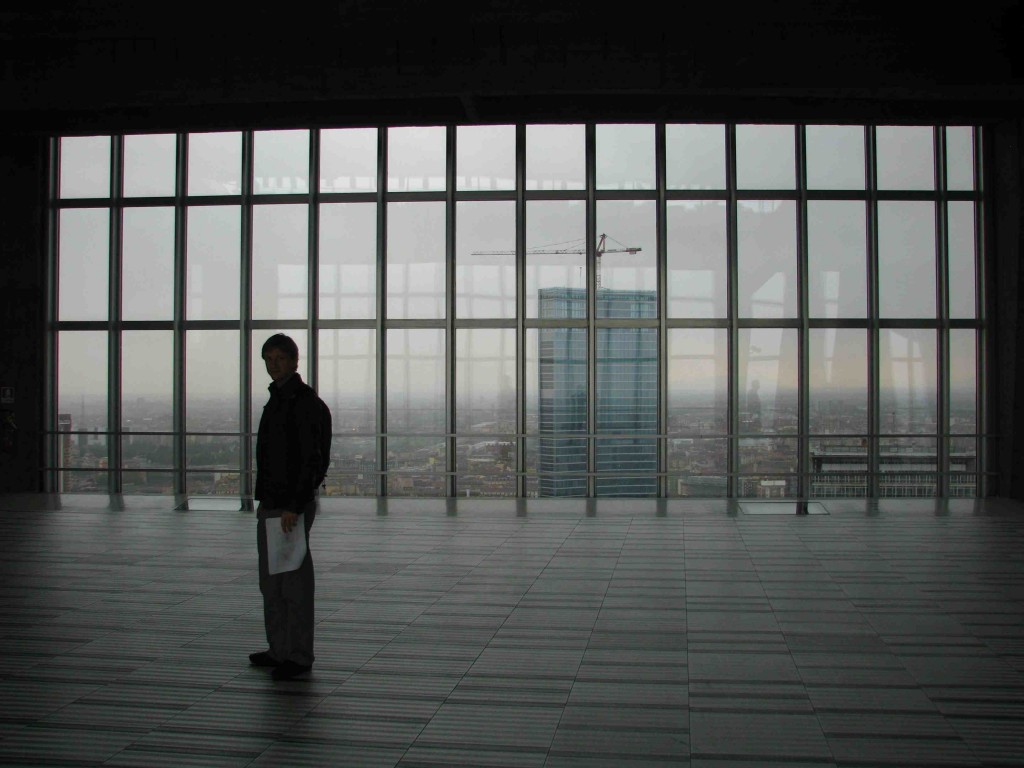
Ah, Milan.
When I think of Milan, I always think of its place among the best cities in the world on a high-end fashion ad. The next time you read an advertisement on a high-end clothing magazine, check out the list of cities that are written on the bottom. Typically, it will consist of New York, London, Tokyo, and also Milan.
Milan has been attracting the leaders of fashion all over the world for many, many years. Its Golden Quadrilateral is home to one the most premier shopping areas in all of the world, and my credit cards could not resist being used there (they fell victim to a wonderful purchase at the Marc Jacobs European flagship store). Fortunately, however, there was much work to do in Milan to keep my mind off shopping – it’s a city where the citizens prioritize not on their cultural past but on the “9-to-5” schedule of business. So while Milan certainly has less cultural attractions than its urban sister Rome, its citizens, on average, make larger sums of income. Naturally, some people prefer Rome over Milan, and others prefer Milan over Rome. The Romans find the Milanese too stuffy, and the Milanese find the Romans too laid back.

No matter what side you prefer to take, however, it’s easy to see why Rome and Milan seem so distant from each other, even though they’re only 3 and a half hours away by the Freccia Rossa, the premier high-speed train in Italy. Milan was an industrial powerhouse in the 19th century, when Rome did not have any major type of industry. Siestas in Milan are also unheard of, unlike the long lunch in Rome, and efficiency is valued greater in Milan because more people time themselves on the clock. Planning, subsequently, is stronger here than in Rome, and Milanese planners are working diligently to maintain their city’s position within the global economy. This is not anything against Rome, however – who needs to remind the world that Rome is the premier ancient capital of the Western World?

Cornell planners explored Porta Nuova, an area north of the traditional city center currently experiencing a major development boom. It’s strategically situated between two major metro stations and Milan’s premier railway station (Milano Centrale), and after falling under disuse for many years (from the 1970s to the 1990s), city officials of the Municipality of Milan finally pushed through in 2000 to designate the area as a special planning area for the 21st century. The scale of the development is massive – nothing as ambitious as Porta Nuova could be seen in any American city today, and Milan is investing lots of money to ensure that it becomes Milan’s next major business district.

The big question, therefore, is whether or not Porta Nuova will be a success. Our professor Marco Cresmaschi (of Roma Tre University) asked us whether or not Porta Nuova was a good plan after the Municipality of Milan’s elaborate presentation. Most of us, of course, were not sure what to think – we have been taught to believe that bottom-up (grassroots activity) planning should be preferred over top-down planning (big government). The Porta Nuova plan, while resembling the worst of top-down planning, is intended on mixing multiple uses together within close proximity to each other, which is a planning plus. Moreover, it also promotes a variety of cultural activities as part of the greater strategy of the city. Is the Porta Nuova plan the right direction for Milan? One cannot surely tell.

What I can still say, however, is that things work differently here compared to Rome. It is hard to compare the two cities together from a planning perspective because they had very different historical experiences. For example, one can say that Milan’s streetcar network is plentiful, while Rome’s streetcar network is old and dilapidated. Rome, however, does not need to rely on its streetcars as much as Milan, so from this perspective the previous comment is not a very good argument to explain Rome’s supposed “bureaucratic inefficiency.”

The journey to Milan has proven that the planner should not be entitled to utilize the same planning techniques to solve the same planning problems in two different cities. While planning ideologies remain consistent (ex., public space needs to be improved), planning techniques are affected by much more than what can be learned in our 4-year academic careers. This is what has been the most important about our journey to Italy – planners in Europe work differently than their counterparts in America because of fascinating cultural differences. We have discovered that cultural differences can not only be observed from country to country, but region to region. Planning solutions in Rome, therefore, should not be identical to the planning solutions in Milan, and vice versa.
Sometimes, the tool of observation can be one of the greatest tools that a planner can have.
